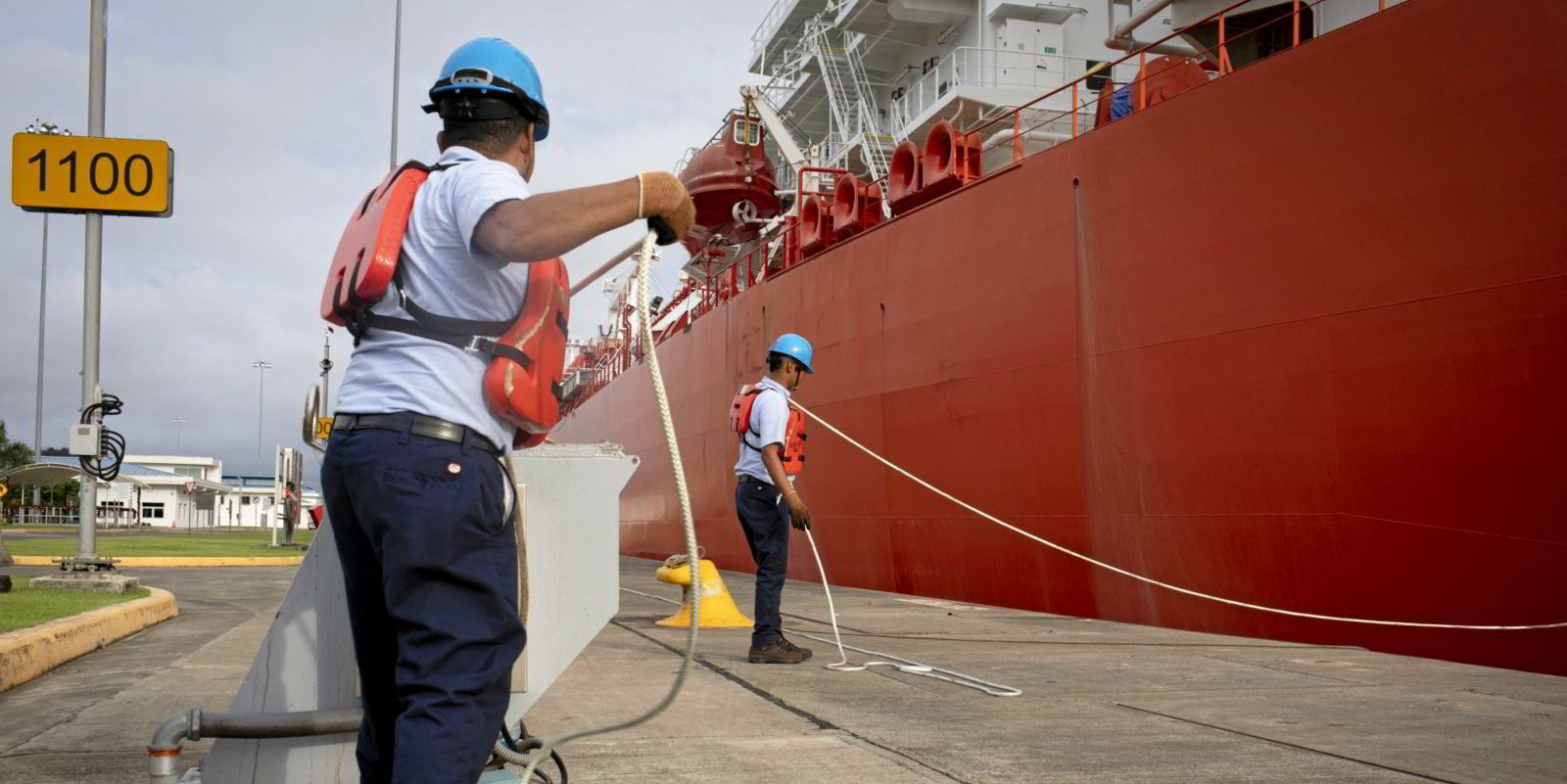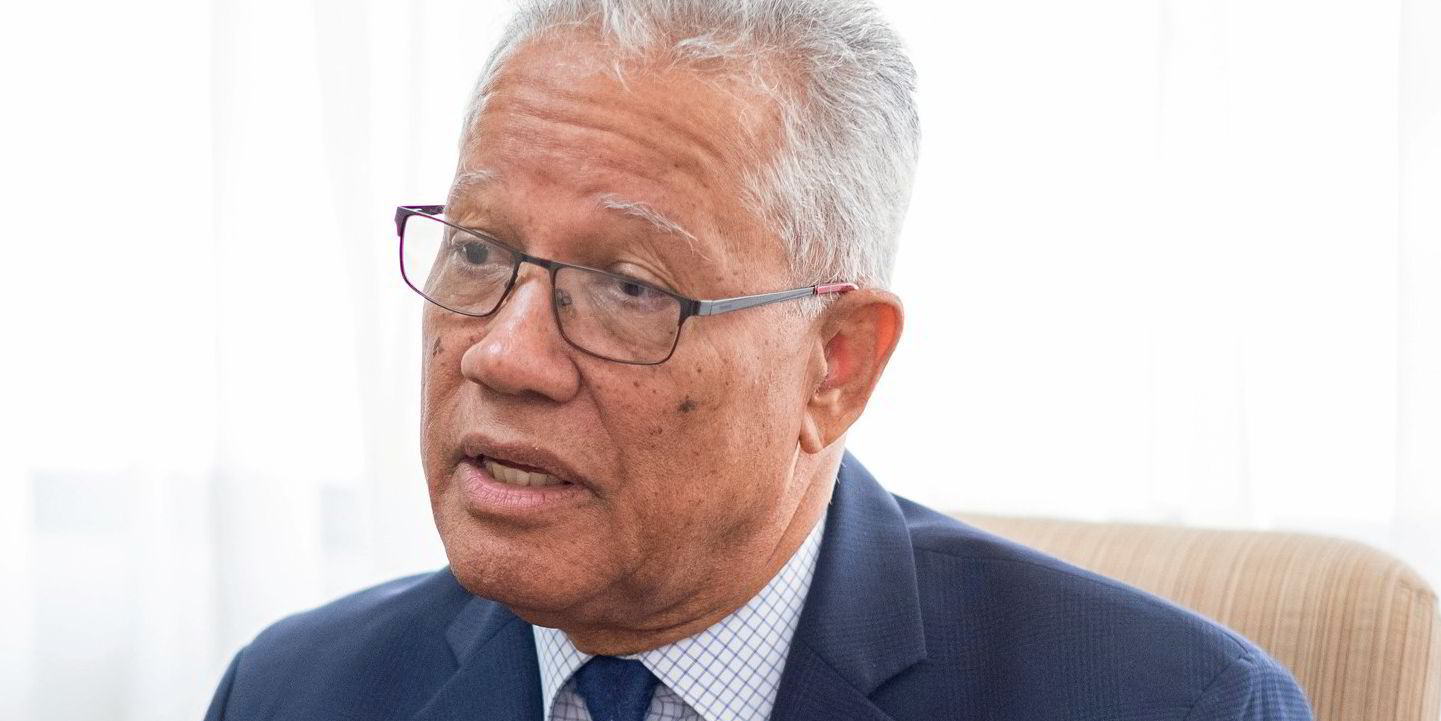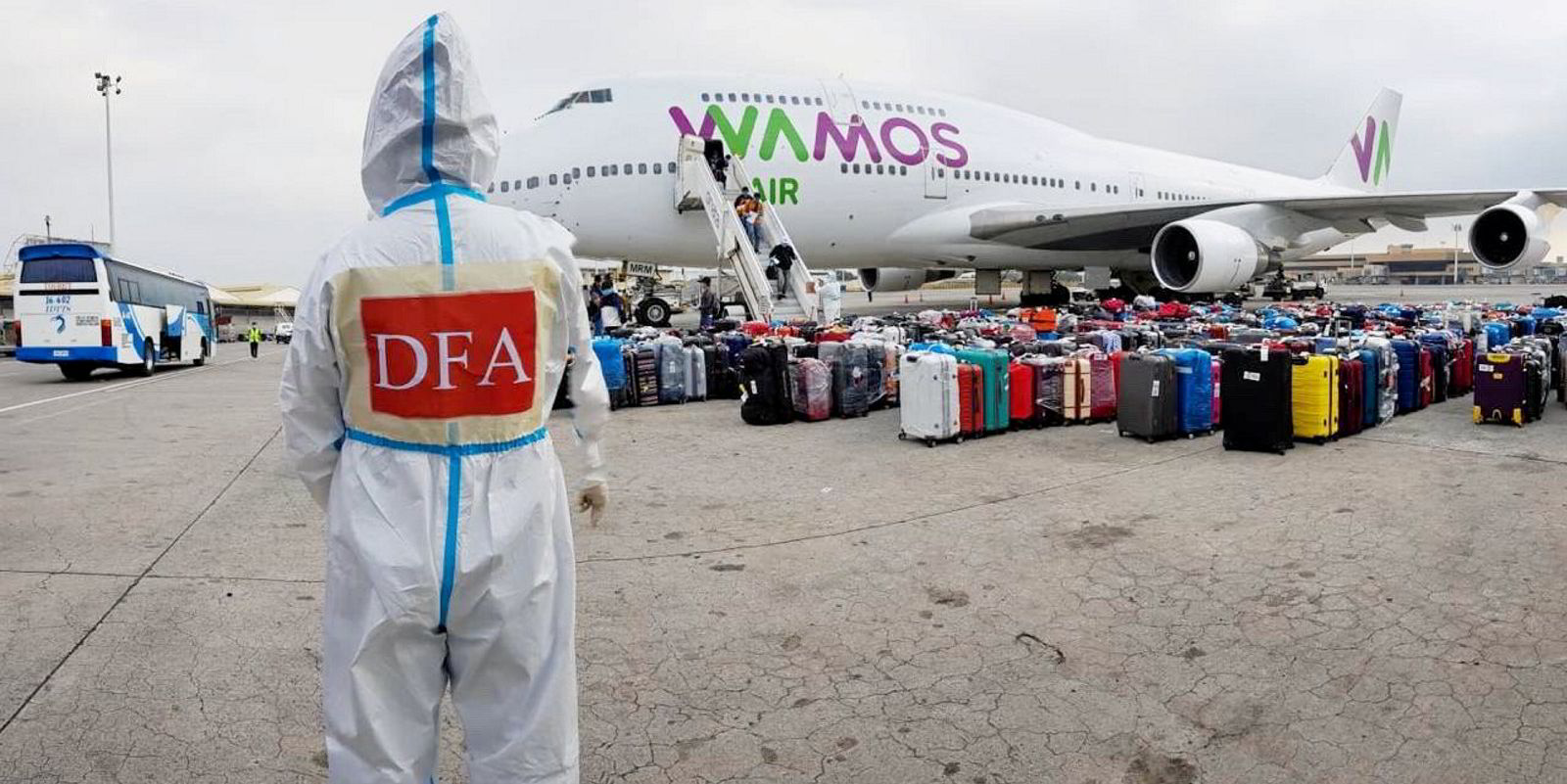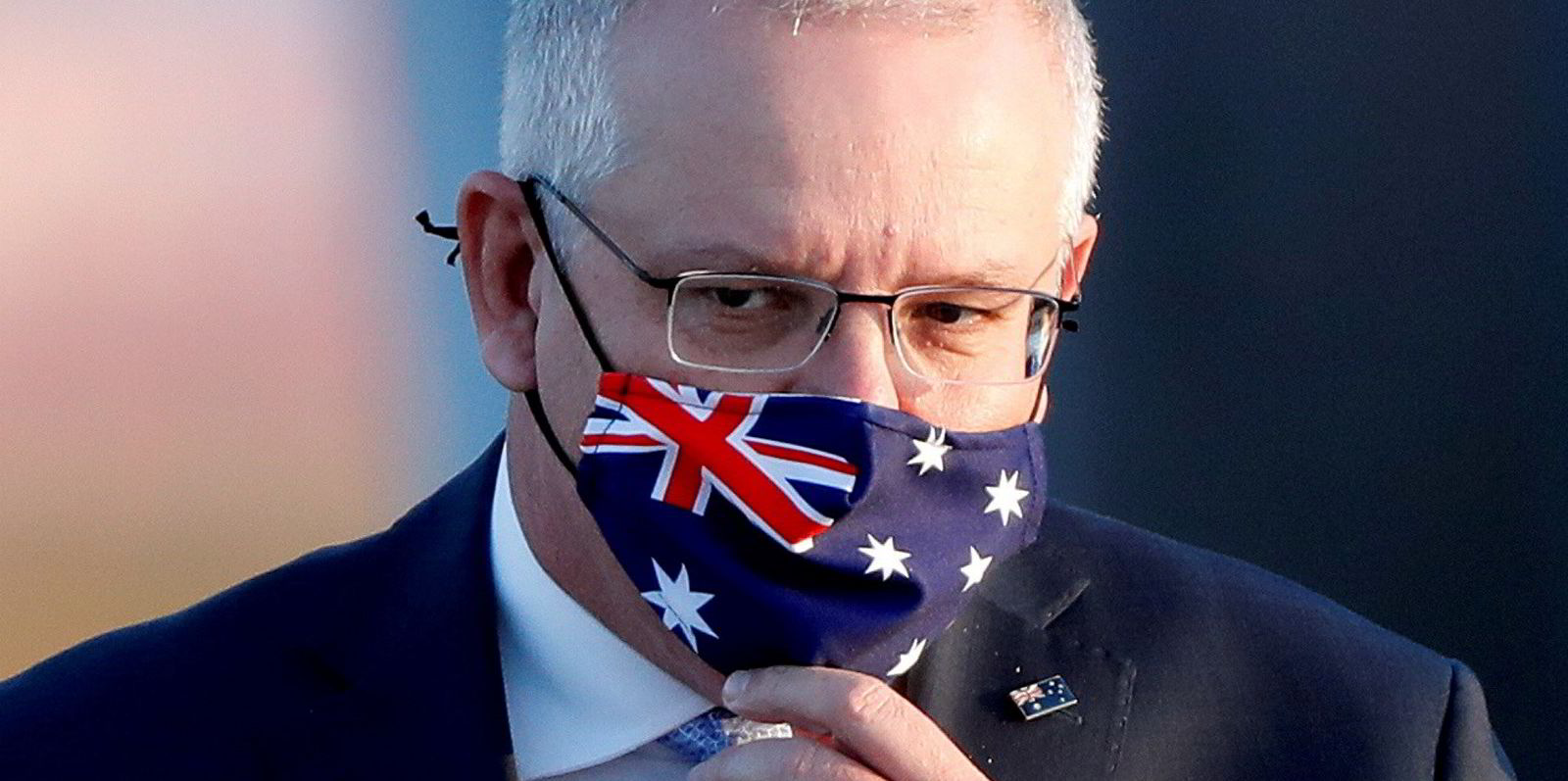Manila has been the epicentre of the modern crewing industry for the past 40 years — but we may be at the end of a golden era for the Filipino seafarer.
Filipino officers and ratings have traditionally provided more than half the global maritime labour force, making them the human backbone of the global fleet. These seafarers had been remitting an estimated $6bn a year — 20% of the total sent home by the 10m Filipinos working overseas.
However, the Covid-19 pandemic has blown a hole in global demand for crews while tarnishing the image of working at sea in the eyes of many. The growing prosperity of the Philippines has led to better-paid jobs in factories and offices that allow ex-seafarers to remain closer to home and family.
Meanwhile, Manila has been struggling to roll out a mass anti-Covid vaccination programme for its nationals. Ship managers have warned it might not be achieved until some way into 2022, putting further pressure on recruiting locals.
Losing its crown
Quarantine measures for seafarers have been appropriately tough, with blue-chip shipowners paying for hotel accommodation. But some vessel operators have just seen this as another potential hassle and gone elsewhere.
If all of this leads to the Philippines losing its seafaring crown, it would be sad for a country that is almost synonymous with the ocean.
The Philippines is made up of more than 7,000 islands and was always a natural place to find people familiar with work in water.
The Spanish realised that in the 16th century when their galleons used Manila as a key stop-off point for trading from Europe into Asia and the Far East.
After a dominating the industry in the late 20th century, the Philippines has found itself being undercut by shipowners using lower-paid crews from elsewhere.
Seafarers have been recruited from Indonesia, Vietnam, Myanmar and China, as well as Ukraine and other parts of Eastern Europe.
Recent concerns about hiring crews from the Philippines have also been increased by a growing number of compensation cases and an industry of lawyers looking to help.
In addition, more stringent national social security payments are also blamed for making Filipinos less attractive to vessel operators.
Collapsing demand
As my colleague Adam Corbett reports, total deployment of Filipino seafarers fell from 518,519 in 2019 to 217,241 last year, according to figures from the Philippine Overseas Employment Administration (POEA).
Fifty local recruitment agencies and 70 agency offices have been temporarily closed in the country as demand for seafarers collapsed due to the pandemic.
The POEA has been providing financial assistance and waiving various licensing requirements to keep them in business during this difficult period.
A big factor was the tying-up of the global cruiseship fleet, which has relied very heavily on the use of Filipino crews.
But there are also other problems — not least the fact that Filipinos have run into continuing problems with the European Maritime Safety Agency (EMSA).
EMSA organised repeated inspections of maritime training facilities in Manila, Cebu and elsewhere between 2012 and 2017.
European agency officials said many of these facilities do not comply with the International Convention on the Standards of Training, Facilitation and Watchkeeping.
It gave a warning that the Philippines had three years to put its house in order or the European Union would no longer recognise Filipino certificates of competence. A final inspection took place last year and a formal announcement was expected — but then delayed by Covid.
Wider pressures
The continuing uncertainty has not helped the situation for the Filipino seafaring community, although interestingly it is presumed that Brexit Britain would no longer be directly bound by any EMSA ruling.
The wider pressures on seafaring come from the increasing use of digital technology on board ships, which is likely to further reduce the need for ratings — but increase the requirement for well-trained officers.
The Philippines has traditionally been the leading country for ratings and second behind China for officers, according to the International Chamber of Shipping.
There is frustration among some in the Philippines that the government has not intervened more heavily to sort out the issues around training schools and what some see as “ambulance chasing” lawyers.
Given the long and extraordinary history of Filipino seafaring, it would be sad to see it end with a whimper and not a concerted fightback.







